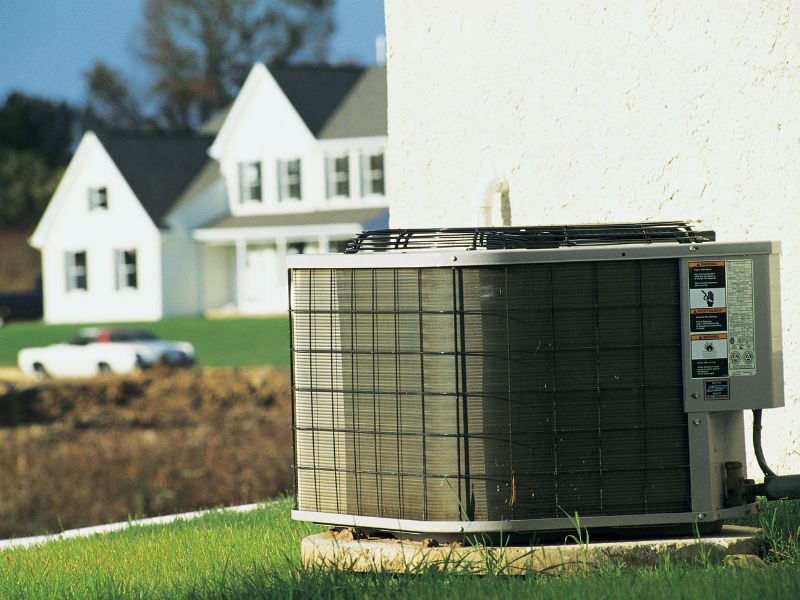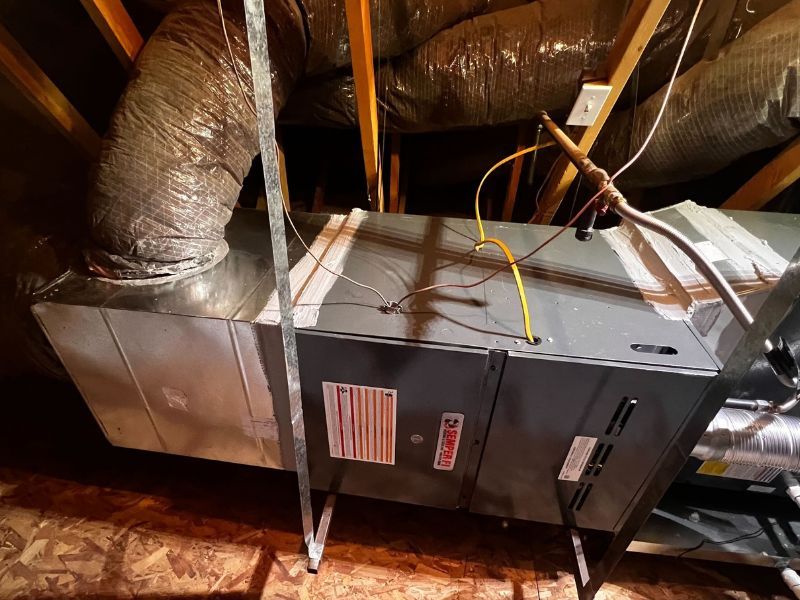What Is Hydronic Cooling?
Hydronic cooling in HVAC refers to a cooling method that uses water as a medium to transfer heat away from indoor spaces. Chilled water is circulated through pipes in walls, floors, or ceilings, absorbing heat and providing effective cooling without relying solely on traditional air ducts.
People Also Ask About Hydronic Cooling
How does hydronic cooling work?
In a hydronic cooling system, chilled water is circulated through a network of pipes, typically embedded in floors, walls, or ceilings, to absorb heat from the surrounding air. The cooled water then returns to a central chiller unit to be re-cooled and recirculated, creating a continuous cycle that efficiently maintains comfortable indoor temperatures.
What are the benefits of hydronic cooling?
Hydronic cooling offers benefits such as uniform and quiet cooling, improved energy efficiency, reduced airflow noise, and the potential to integrate with other heating systems, making it an attractive choice for both commercial and residential applications.
Are there any maintenance considerations with hydronic cooling systems?
Like any HVAC system, hydronic cooling systems require regular maintenance to ensure efficient operation. Maintenance may involve checking for leaks, inspecting pumps and valves, cleaning filters, and ensuring proper water treatment to prevent scaling or corrosion in the system.
HVAC System Cost & HVAC Reviews
Related Pages
Categories


